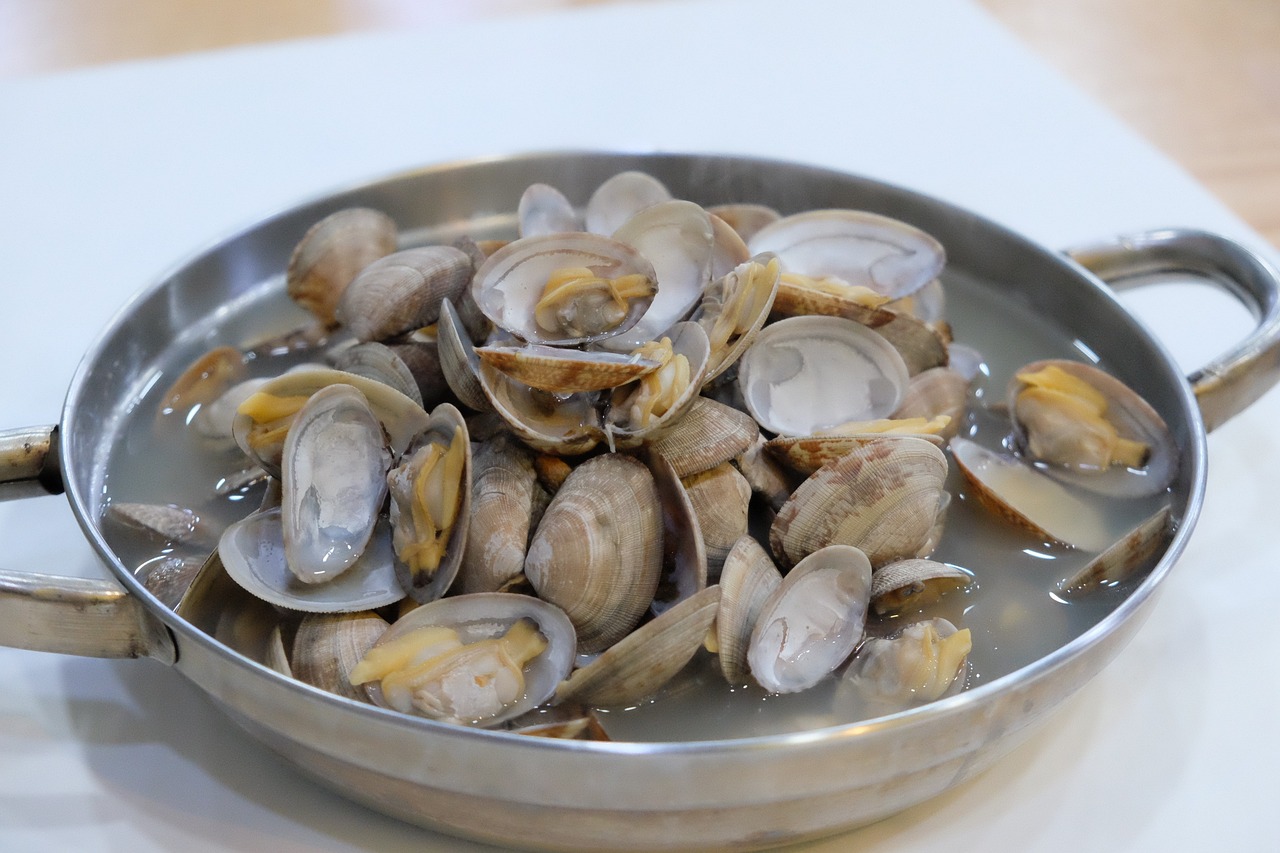The Science Behind Food Pairing and Flavor Profiles
Flavor profiles consist of a harmonious blend of various key components that work together to create a unique sensory experience. These components include sweet, sour, salty, bitter, and umami, which are detected by taste buds on our tongues. Each component contributes its own distinct quality to the overall flavor profile of a dish, helping to create a balanced and appealing taste.
In addition to the basic tastes, factors such as texture, temperature, and spiciness also play a role in shaping the overall flavor profile of a food or beverage. The combination of these different elements influences how we perceive and enjoy a particular dish, making the understanding of flavor profiles essential in the culinary world. By mastering the art of balancing these key components, chefs and food enthusiasts can elevate the dining experience and create memorable dishes that tantalize the taste buds.
Understanding Taste Buds and Flavor Perception
Taste buds are tiny sensory organs on our tongues that detect the five basic tastes: sweet, salty, sour, bitter, and umami. Each taste bud contains specialized cells that respond to specific tastes, sending signals to the brain for interpretation. This intricate system plays a crucial role in how we experience flavors in foods and beverages, influencing our preferences and food choices.
Flavor perception goes beyond just taste buds; it encompasses the integration of taste, aroma, texture, and temperature to create a holistic sensory experience. Our sense of smell, in particular, significantly influences how we perceive flavors. Aromas from food stimulate olfactory receptors in the nose, sending signals to the brain that combine with taste signals to form a complete flavor profile. Understanding the complex interplay between taste buds, aromas, and other sensory cues enhances our appreciation of the diverse flavors found in the foods we enjoy.
The Role of Aromas in Food Pairing
When it comes to food pairing, the role of aromas cannot be overlooked. Aromas play a crucial part in enhancing the overall flavor experience of a dish. The olfactory senses, or sense of smell, are closely linked to our taste buds and influence how we perceive flavors.
Aromas in food can be divided into various categories such as fruity, floral, herbal, spicy, and woody. Each aroma category can complement or contrast with different ingredients, adding complexity and depth to a dish. Pairing aromas correctly can elevate the dining experience, creating a harmonious balance of flavors that tantalize the taste buds.





